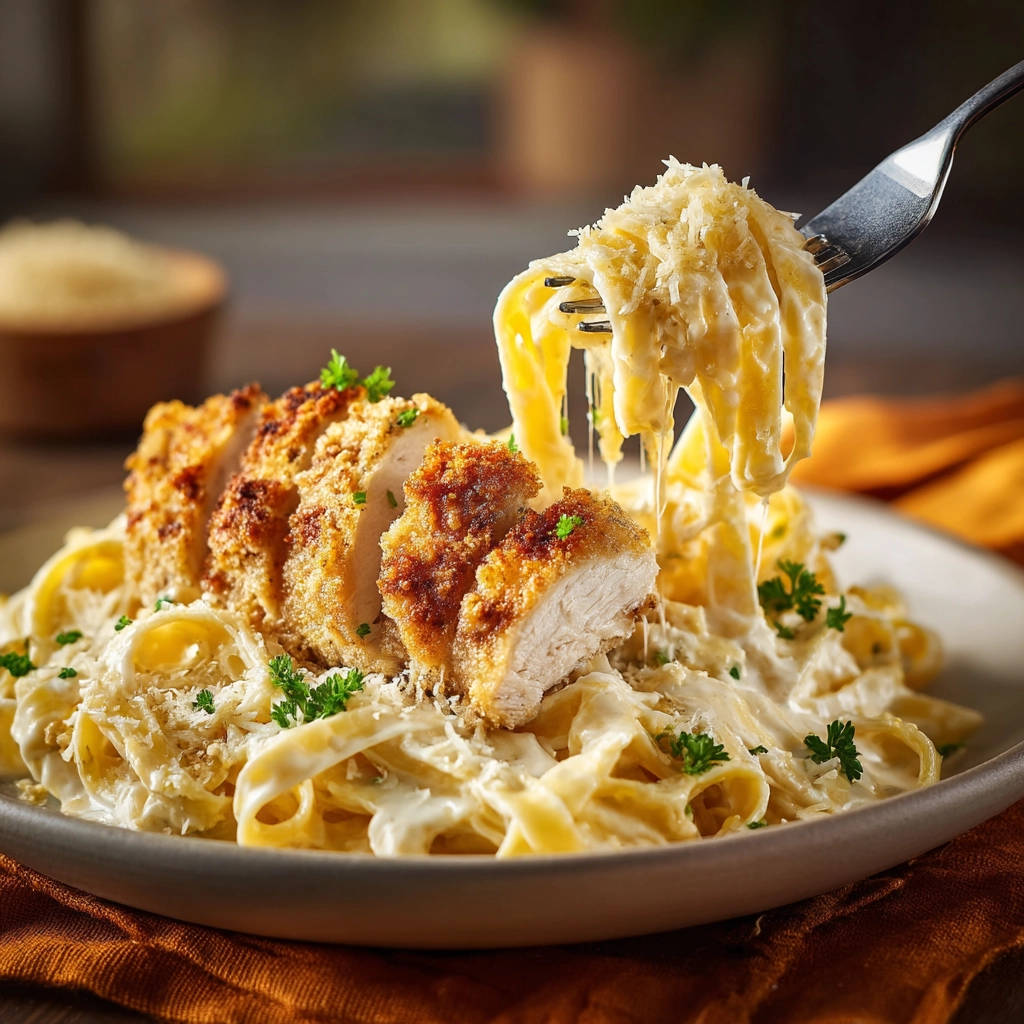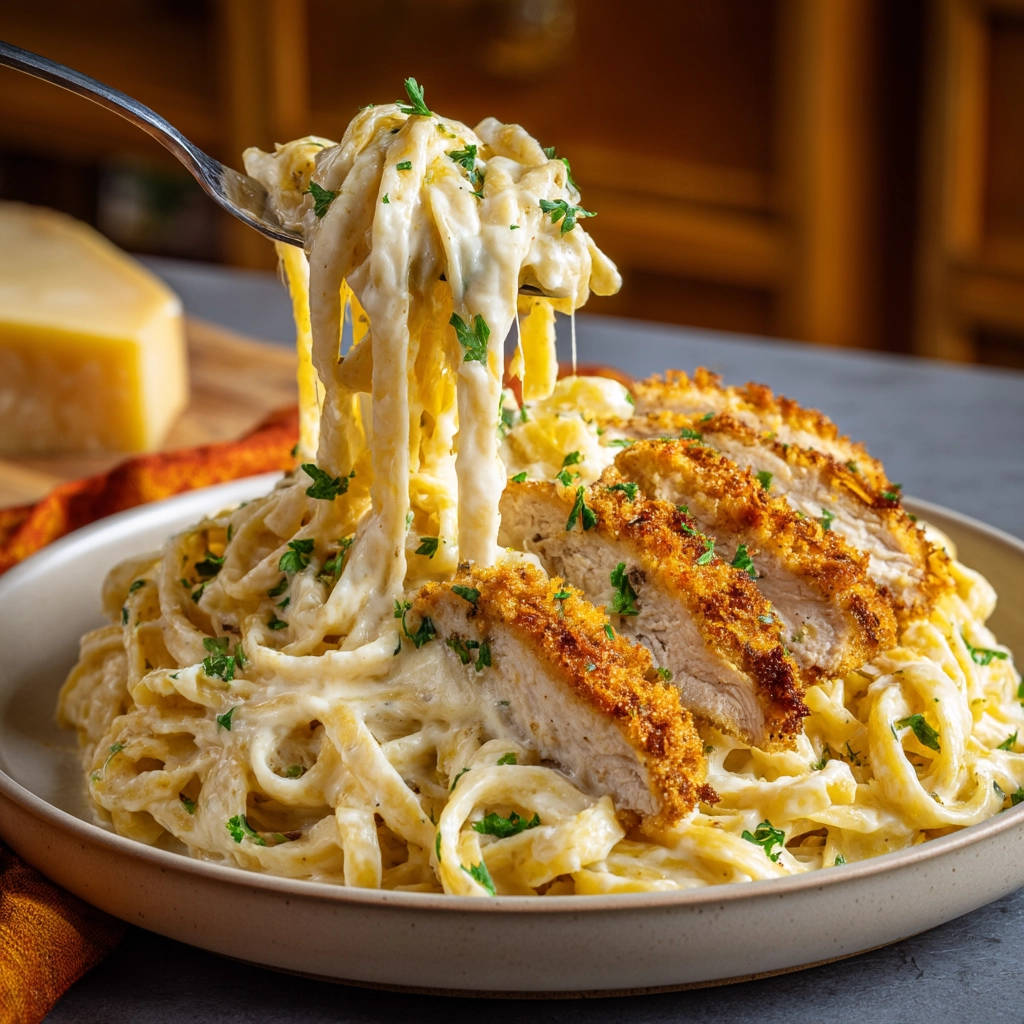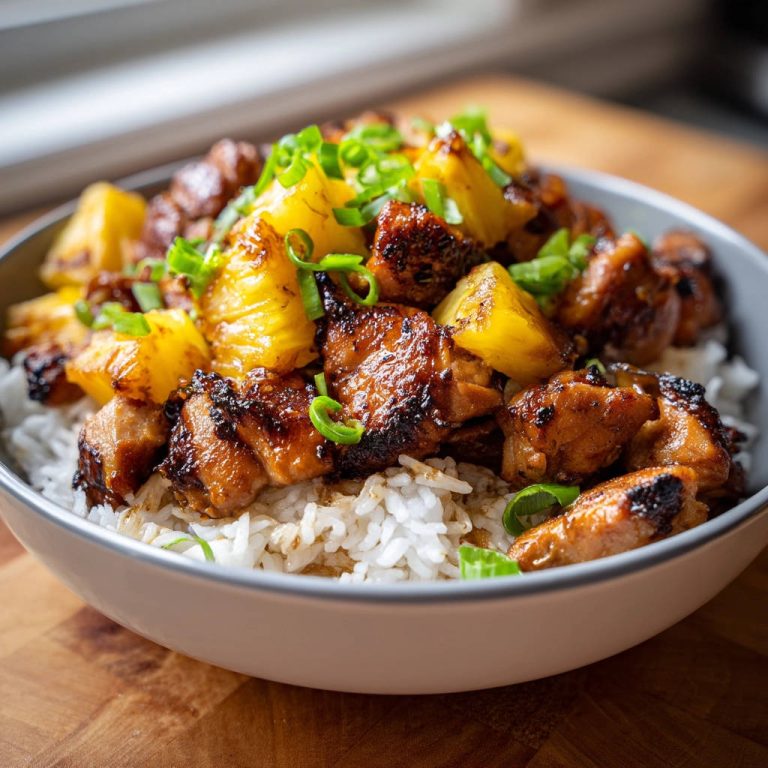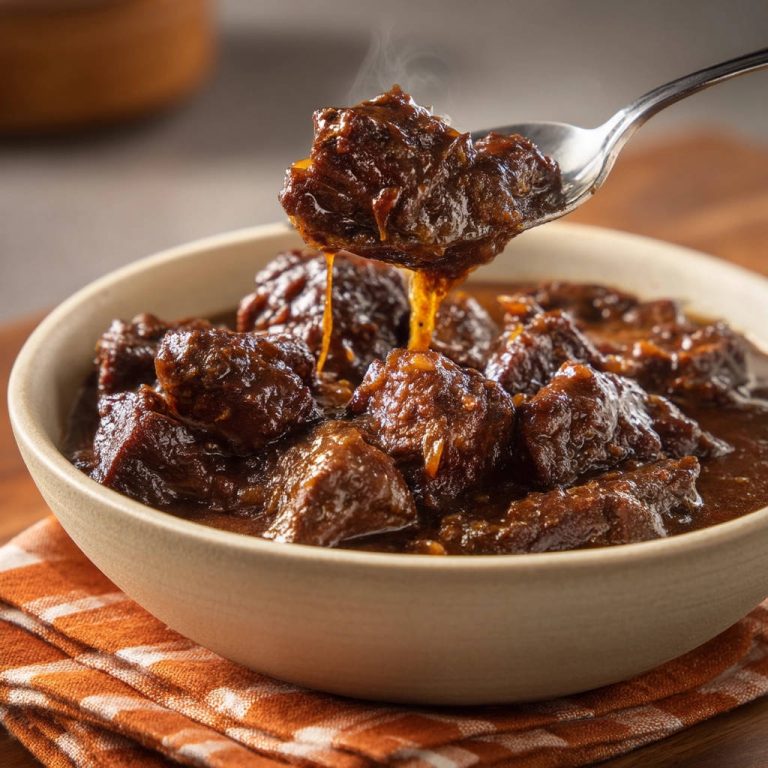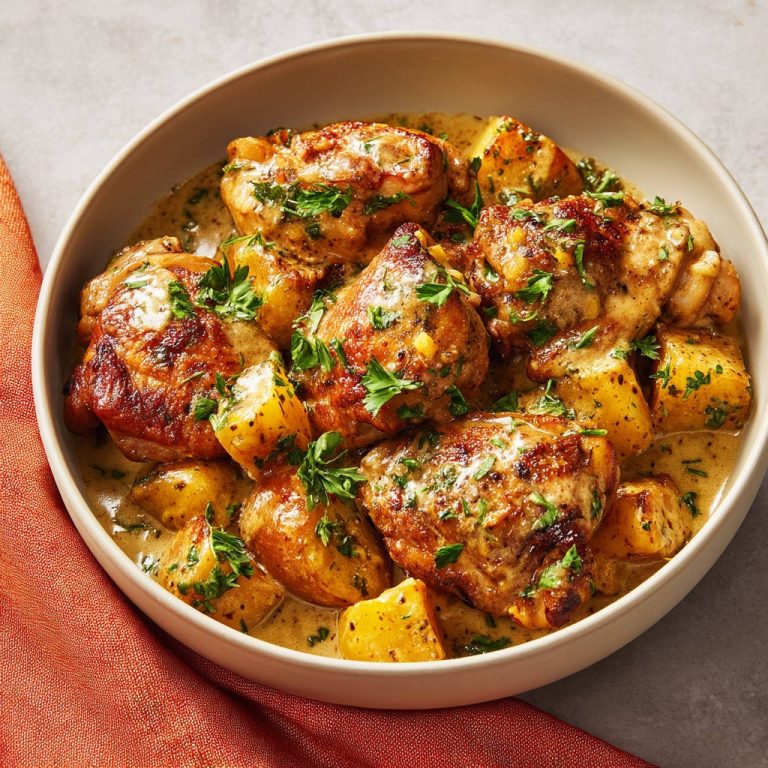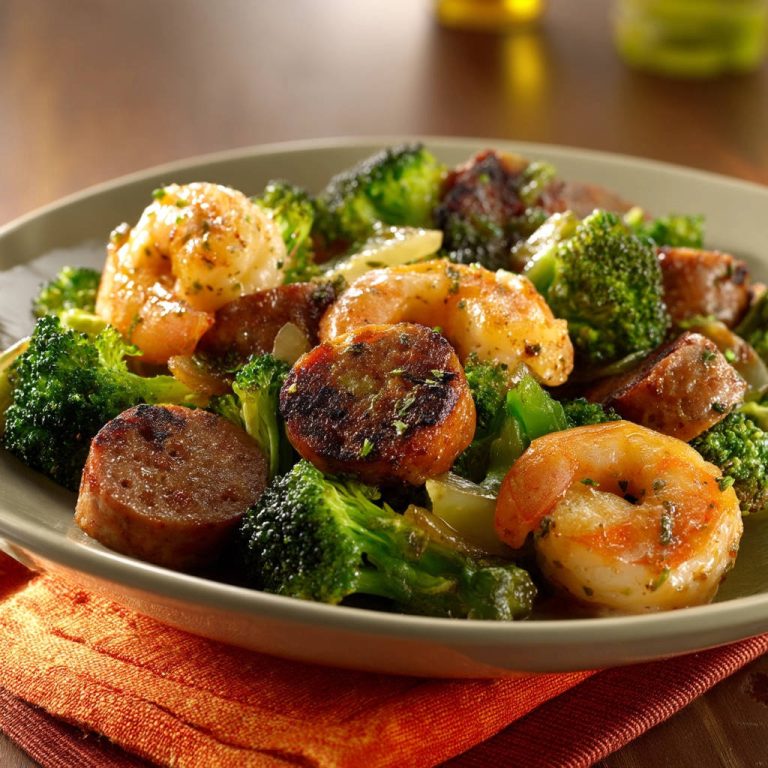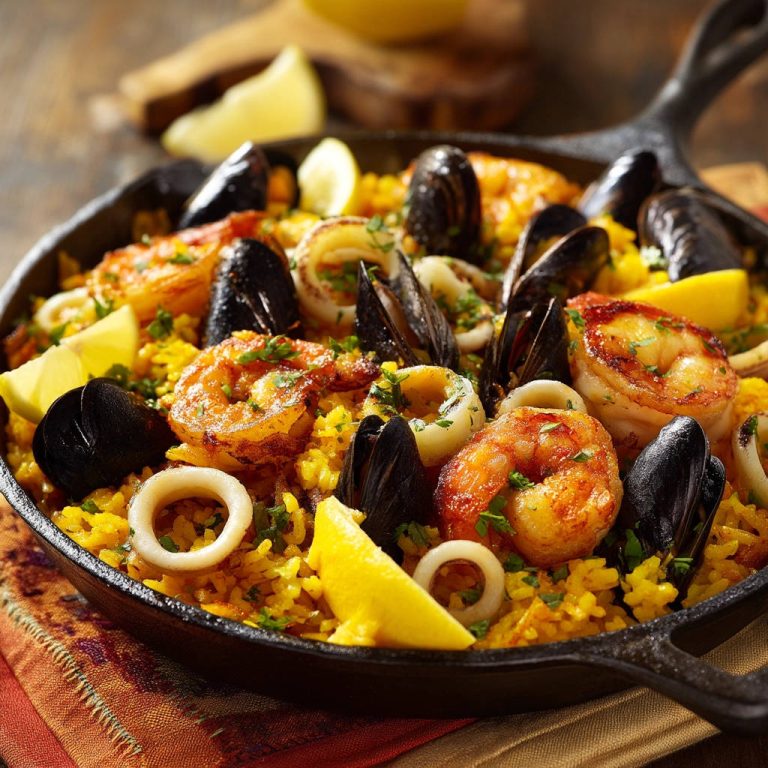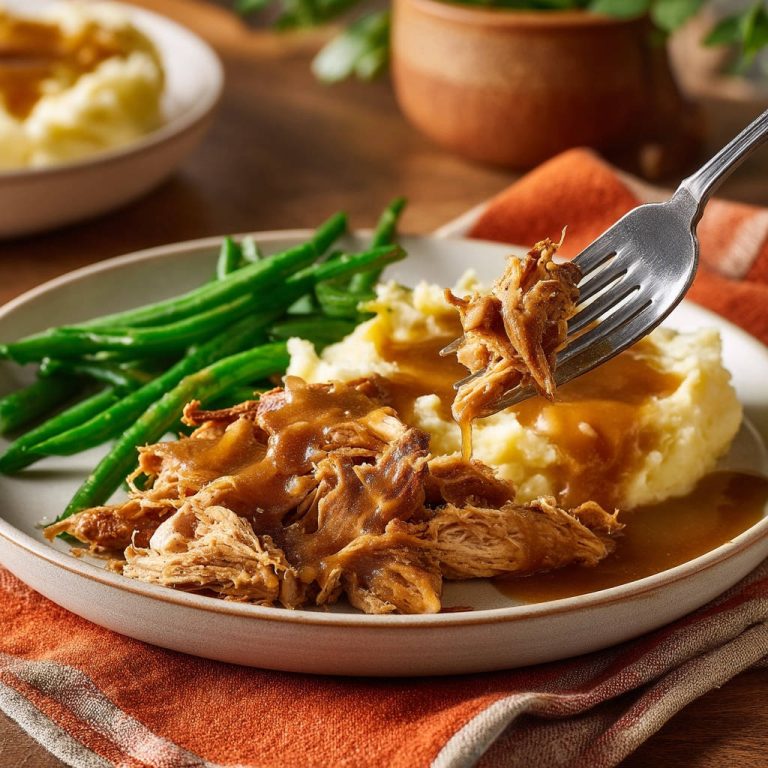Oh, Alfredo. Just the name conjures up images of rich, velvety sauce coating tender pasta, often topped with delicious, savory chicken. It’s the ultimate comfort food, a classic that feels both luxurious and simple. But let’s be honest, if you’ve ever tried making Alfredo sauce from scratch, you might have faced the ultimate pasta disappointment: a watery, thin sauce that refuses to cling to anything. It’s frustrating, right?
I’ve been there! After one too many runny batches, I was determined to crack the code. And guess what? I finally figured out the secret to achieving that perfectly thick, utterly creamy chicken Alfredo pasta every single time. It’s surprisingly simple, involving just one key adjustment that makes all the difference. Say goodbye to watery pasta nights and hello to restaurant-quality creaminess right in your own kitchen!
Why You’ll Absolutely Adore This Creamy Chicken Alfredo
So, what makes this particular creamy chicken Alfredo recipe a must-try? It’s more than just avoiding a watery mess (though that’s a huge win!). This version delivers on multiple levels:
- Guaranteed Creamy Sauce: The star of the show! My simple technique ensures your Alfredo sauce is consistently smooth, thick, and clings beautifully to every strand of pasta.
- Perfectly Crispy Chicken: We’re not just adding plain chicken; we’re pan-frying breaded cutlets until they’re golden and wonderfully crispy. This adds fantastic texture and flavor contrast to the creamy pasta.
- Surprisingly Quick: Despite feeling fancy, this meal comes together in about 35 minutes. It’s perfect for a weeknight dinner or a speedy but impressive dish for guests.
- Pure Comfort: Few dishes offer the same level of cozy, satisfying comfort as a big bowl of creamy pasta with savory chicken.
Gathering Your Ingredients for the Best Chicken Alfredo
Creating this dreamy, non-watery creamy chicken Alfredo pasta starts with having the right components ready. The beauty of Alfredo is its simplicity, relying on a few key ingredients to build that signature richness. Here’s what you’ll need, with a little insight into why each plays a crucial role in achieving that perfect result.
First, the foundation: we’re using fettuccine, a classic choice for Alfredo because its broad, flat surface is ideal for catching and holding that glorious sauce. You’ll need a full pound to feed about four hungry people. Remember to cook it in generously salted water – this is your only chance to season the pasta itself!
For the chicken, we use boneless, skinless chicken breasts. We’ll slice them horizontally into thinner cutlets. This not only helps them cook quickly and evenly but also provides more surface area for our delicious crispy breading. Speaking of breading, you’ll need all-purpose flour seasoned with a touch of salt and pepper, a beaten egg for dipping, and seasoned breadcrumbs for that golden, crunchy exterior.
Now, for the magical sauce base. You’ll need unsalted butter. Using unsalted butter gives you control over the final saltiness of the sauce. Four cloves of minced garlic add essential aromatic flavor – make sure they’re finely minced so they distribute evenly without being overpowering.
The creamy heart of the sauce comes from heavy cream. Don’t substitute this! The high fat content in heavy cream is what gives Alfredo its signature richness and helps create a stable emulsion. And finally, the cheese! You’ll need a generous 1 ½ cups of grated Parmesan cheese, plus extra for serving. For the absolute best results and to avoid a grainy sauce, I highly recommend grating fresh Parmesan from a block rather than using pre-shredded. It melts far more smoothly.
A touch of salt and pepper season both the chicken breading and the sauce. And to finish, fresh chopped parsley adds a lovely pop of color and freshness that brightens the entire dish.
The Essential Lineup:
- 1 pound fettuccine pasta
- 2 boneless, skinless chicken breasts
- 1/2 cup all purpose flour
- 1 teaspoon salt, divided
- 1/2 teaspoon black pepper, divided
- 1 egg, beaten
- 1 cup seasoned breadcrumbs
- 1/4 cup vegetable oil or olive oil for pan frying
- 1/2 cup unsalted butter (1 stick)
- 4 cloves garlic, minced
- 2 cups heavy cream
- 1 1/2 cups grated Parmesan cheese, plus more for serving
- Fresh parsley, chopped, for garnish
Crafting Your Creamy Chicken Alfredo Pasta: Step-by-Step Mastery
Ready to transform those simple ingredients into a creamy, dreamy masterpiece? Follow these steps carefully, paying special attention to the sauce technique. This is where the magic happens!
- Let’s get the pasta going first. Fill a large pot with water, add a generous pinch of salt (think like the sea!), and bring it to a rolling boil. Add your pound of fettuccine and cook according to the package directions until it’s al dente – tender but still with a slight bite. This is important because the pasta will continue to cook slightly when you add it to the hot sauce. Now, here’s a crucial step often overlooked: before you drain the pasta completely, scoop out about a cup of that starchy pasta water. This liquid gold is your secret weapon later if your sauce gets too thick. Once you have your reserved water, drain the pasta and set it aside.
- While your pasta is doing its thing, we’ll prep the chicken. Take your boneless, skinless chicken breasts and pat them really dry with paper towels. This helps the breading adhere better. Place each breast flat on a cutting board and carefully slice it horizontally through the middle to create two thinner cutlets. You’ll end up with four thinner pieces of chicken.
- Set up your breading station. You’ll need three shallow dishes or plates. In the first, mix the all-purpose flour with ½ teaspoon of salt and ¼ teaspoon of black pepper. In the second dish, whisk the egg until it’s well beaten. In the third, pour the seasoned breadcrumbs.
- Time to bread the chicken! Take one chicken cutlet at a time. First, dredge it completely in the seasoned flour, shaking off any excess. You want a light, even coating. Next, dip it into the beaten egg, letting any extra egg drip back into the dish. Finally, place the eggy cutlet into the breadcrumbs and press gently to ensure they stick evenly to all sides. Repeat this for all four chicken cutlets.
- Now, cook that crispy chicken. Heat the vegetable or olive oil in a large skillet over medium-high heat. The oil should be shimmering slightly but not smoking. Carefully lay the breaded chicken cutlets into the hot oil. Be careful not to overcrowd the pan; you might need to cook them in batches depending on the size of your skillet. Cook for about 4 to 5 minutes on each side. You’re looking for a beautiful golden brown, crispy crust and for the chicken to be cooked all the way through (the internal temperature should reach 165 degrees F). Use tongs to flip them gently. Once cooked, remove the chicken from the skillet and let it rest on a clean cutting board for a few minutes before slicing. Resting lets the juices redistribute, keeping the chicken moist.
- Okay, the moment for the sauce! In that same large skillet (or a different pot if you prefer, but the skillet works great), melt the butter over medium heat. Once it’s melted and slightly bubbly, add the minced garlic. Cook the garlic for just about 1 minute, stirring constantly, until it’s fragrant. The key here is to cook it long enough to release its aroma but not so long that it browns, as browned garlic can taste bitter.
- Pour in the heavy cream. Stir everything together and bring the cream to a gentle simmer over medium heat, stirring occasionally. Once it’s simmering lightly, reduce the heat to low and let it continue to simmer gently for about 3 to 4 minutes. This low simmer helps the cream start to thicken slightly and begins the emulsification process, which is key to a stable, smooth sauce.
- Here is the MOST IMPORTANT step to prevent watery Alfredo sauce: Remove the skillet or pot COMPLETELY from the heat source. Seriously, take it off the burner! Now, gradually add the grated Parmesan cheese. Add it in handfuls or small portions, whisking constantly and vigorously after each addition until the cheese is fully melted and smoothly incorporated into the cream. Adding the cheese off the heat prevents it from getting too hot, which can cause the proteins to seize and the sauce to become grainy, oily, or yes, watery. The residual heat from the cream is plenty to melt the cheese into a glorious, thick sauce.
- Once all the cheese is melted and you have a smooth sauce, check the consistency. If it seems a little too thick for your liking, grab that reserved pasta water! Add it a tablespoon at a time, whisking well after each addition, until you reach your desired level of creaminess. The starch in the pasta water also helps bind the sauce and helps it coat the pasta beautifully.
- Add your drained fettuccine directly into the skillet with the warm, creamy sauce. Use tongs or large spoons to toss the pasta gently, ensuring every strand is coated in that luxurious Alfredo sauce. If the pasta absorbs a lot of the sauce and it thickens too much while tossing, just add another splash of reserved pasta water and toss again.
- Serve your creamy fettuccine Alfredo immediately! Divide the pasta among plates, top generously with slices of the crispy pan-fried chicken. Finish each serving with a sprinkle of extra grated Parmesan cheese and a flourish of fresh chopped parsley for color and freshness.
Tips for Perfect Chicken Alfredo Every Time
While the secret to the sauce is paramount, a few extra tips can elevate your creamy chicken Alfredo pasta from great to absolutely unforgettable:
- Grate Your Own Cheese: I mentioned it in the ingredients, but it bears repeating. Pre-grated Parmesan often contains anti-caking agents that can make your sauce grainy. Buying a block and grating it yourself makes a world of difference in smoothness and flavor.
- Don’t Rush the Simmer: The gentle simmering of the cream in step 7 is short but important. It allows the cream to slightly reduce and prepares it for emulsification with the cheese.
- Room Temperature Ingredients (Optional but Helpful): Some cooks swear by letting your heavy cream and butter come to room temperature before starting the sauce. This can sometimes help them emulsify more smoothly, though it’s not strictly necessary with the off-heat cheese method.
- Season as You Go: Taste your sauce before adding the pasta. Adjust salt and pepper as needed. Remember that the pasta water adds saltiness, and the Parmesan is salty, so season judiciously.
- Serving Size: This recipe generously serves 4. If you’re feeding a larger crowd, you can easily double it, but you might need a much larger pot or skillet, or cook the chicken in multiple batches.
What to Serve Alongside Your Creamy Creation
This creamy chicken Alfredo pasta is substantial on its own, but pairing it with a simple side can make it a complete meal. A light green salad offers a refreshing contrast to the richness. Consider a quick and easy kale salad or just a simple mix of greens with a vinaigrette. Crispy bread, like garlic bread or even some warm homemade garlic naan bread, is perfect for soaking up any extra sauce. Roasted vegetables, like simple roasted veggies or crispy roasted broccoli, also make a great addition.
Your Creamy Chicken Alfredo Questions Answered (FAQ)
Got questions about making this perfectly creamy dish? Here are answers to some common queries:
Can I use a different type of pasta?
Absolutely! While fettuccine is traditional and works wonderfully, you can use other pasta shapes that the sauce can cling to. Linguine, spaghetti, or even shorter pasta shapes like penne or rotini would also be delicious.
Can I use milk or half-and-half instead of heavy cream?
I strongly advise against substituting heavy cream with milk or half-and-half for this specific “never watery” method. Heavy cream’s high fat content is essential for creating the thick, stable emulsion when combined with the cheese. Lower fat dairy products are much more likely to result in a thin or separated sauce.
My sauce is still too thick, even with pasta water. What happened?
Did you add the cheese off the heat? If the cheese was added over high heat, it might have seized slightly, making the sauce difficult to smooth out. If it’s just a matter of thickness, keep adding reserved pasta water a tablespoon at a time and whisking vigorously off the heat until it loosens up. If you ran out of pasta water, a little warm water could work in a pinch, but pasta water is best because of its starch content.
Can I add vegetables to this dish?
Yes, definitely! You could sauté some mushrooms, broccoli florets, or spinach in the skillet after cooking the chicken (and perhaps wiping out some excess oil) before making the sauce. Add the cooked vegetables back into the skillet with the pasta and sauce.
How do I store and reheat leftovers?
Store leftovers in an airtight container in the refrigerator for 2-3 days. When reheating, Alfredo sauce can sometimes separate or become very thick. The best way to reheat is gently on the stovetop over low heat, adding a splash of milk, cream, or water (or reserved chicken broth if you have it) and stirring frequently until it becomes creamy again. Avoid microwaving if possible, as it can make the sauce oily.
Can I make this gluten-free?
Yes, you can! Use your favorite gluten-free fettuccine (cook it according to package directions and save the pasta water) and ensure your seasoned breadcrumbs are certified gluten-free. The rest of the ingredients are naturally gluten-free.
Enjoy Your Homemade Creamy Chicken Alfredo Pasta!
There you have it! No more watery Alfredo sauce nightmares. Just perfectly cooked pasta, tender crispy chicken, and a luxuriously creamy, cheesy sauce that coats everything beautifully. This creamy chicken Alfredo pasta recipe is a winner, guaranteed to bring smiles to the dinner table. It’s proof that with one simple trick, you can master a classic dish and enjoy incredible comfort food whenever the craving strikes.
Give this recipe a try and let me know what you think! Did you manage to achieve that perfect, non-watery sauce? Share your experience in the comments below. Happy cooking!
Creamy Chicken Alfredo Pasta
Ingredients
- 1 pound fettuccine pasta
- 2 boneless, skinless chicken breasts
- 1/2 cup all purpose flour
- 1 teaspoon salt, divided
- 1/2 teaspoon black pepper, divided
- 1 egg, beaten
- 1 cup seasoned breadcrumbs
- 1/4 cup vegetable oil or olive oil for pan frying
- 1/2 cup unsalted butter (1 stick)
- 4 cloves garlic, minced
- 2 cups heavy cream
- 1 1/2 cups grated Parmesan cheese, plus more for serving
- Fresh parsley, chopped, for garnish
Directions
- Cook the fettuccine pasta according to package directions in a large pot of salted boiling water. Before draining, reserve 1 cup of the pasta water. Drain the pasta and set aside.
- While the pasta cooks, prepare the chicken. Pat the chicken breasts dry. Slice each breast horizontally into two thinner cutlets.
- Set up three shallow dishes: one with flour mixed with 1/2 teaspoon salt and 1/4 teaspoon pepper, one with the beaten egg, and one with the seasoned breadcrumbs.
- Dredge each chicken cutlet in flour, shaking off excess. Dip in beaten egg, letting excess drip off. Finally, coat evenly with breadcrumbs, pressing gently to adhere.
- Heat the oil in a large skillet over medium high heat. Carefully add the breaded chicken cutlets. Cook for 4-5 minutes per side, until golden brown, crispy, and cooked through (internal temperature reaches 165 degrees F). Remove chicken from skillet and let rest on a cutting board for a few minutes before slicing.
- To make the non-watery sauce, melt the butter in a large skillet or pot over medium heat. Add the minced garlic and cook for about 1 minute until fragrant, being careful not to brown it.
- Pour in the heavy cream and bring it to a gentle simmer, stirring occasionally. Reduce heat to low and let it simmer gently for 3-4 minutes to slightly thicken. This gentle simmer helps start the emulsification process for a stable sauce.
- Here is the key step to prevent watery sauce: Remove the skillet or pot from the heat. This is crucial! Gradually add the grated Parmesan cheese, whisking constantly until the cheese is fully melted and incorporated into a smooth, creamy sauce. Adding the cheese off the heat prevents it from seizing or the sauce from separating and becoming oily or watery. The residual heat is enough to melt the cheese beautifully.
- If the sauce is too thick, add a splash of the reserved pasta water, a tablespoon at a time, whisking until you reach your desired consistency. The starch in the pasta water helps bind the sauce.
- Add the drained fettuccine to the skillet with the sauce and toss gently to coat completely. If the sauce thickens too much while tossing, add another splash of reserved pasta water.
- Serve the creamy fettuccine alfredo immediately, topped with sliced crispy chicken, extra grated Parmesan cheese, and fresh chopped parsley.

